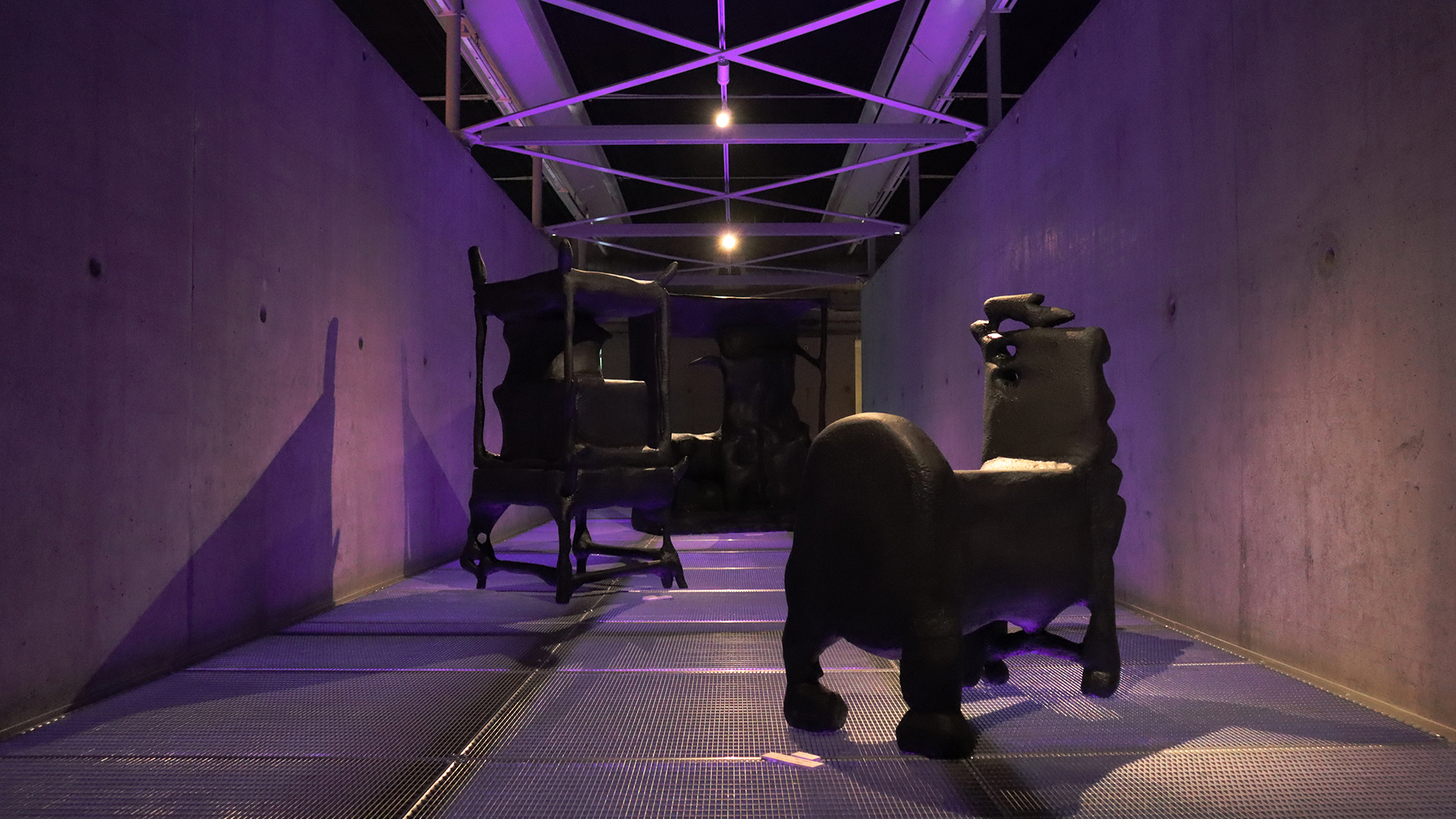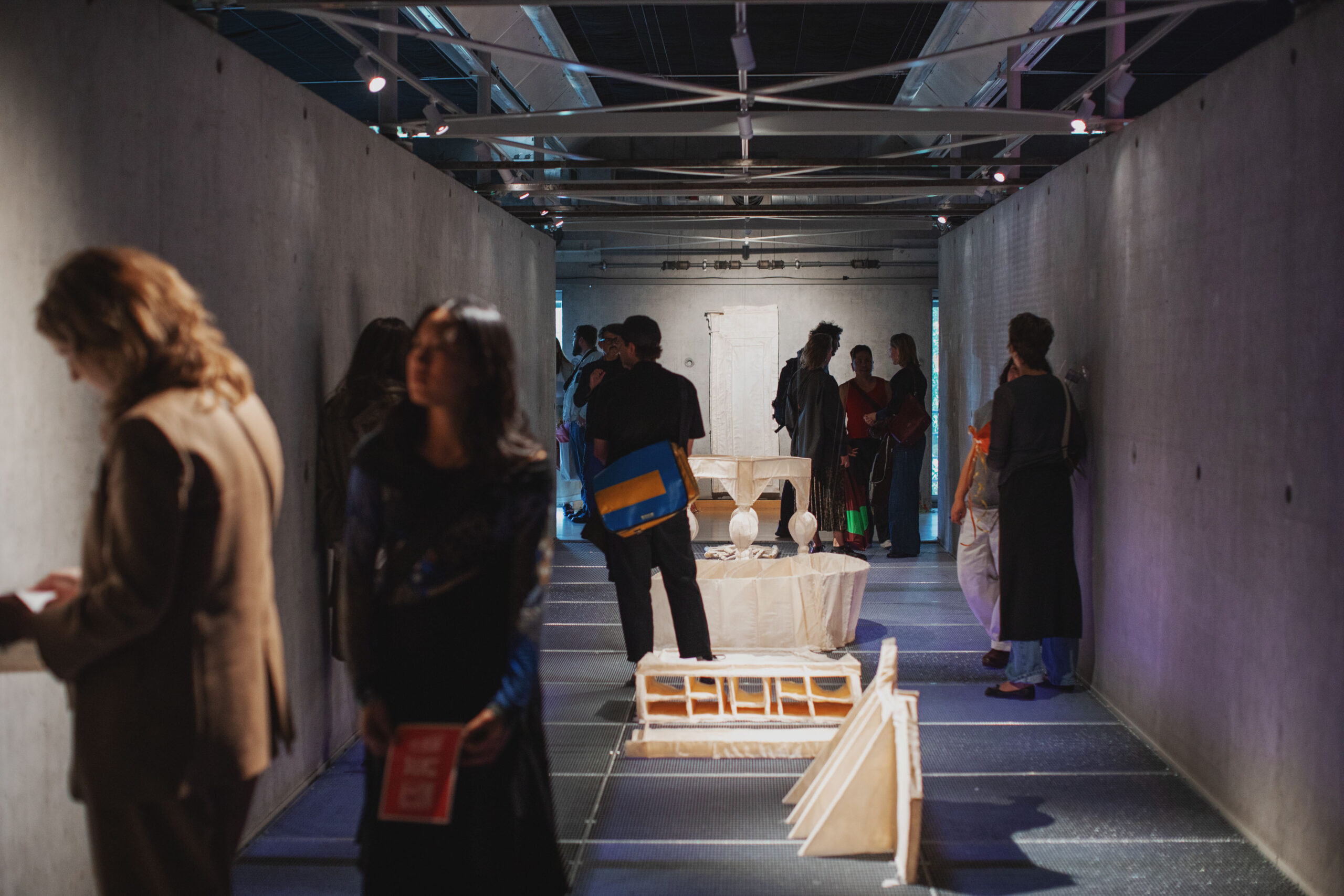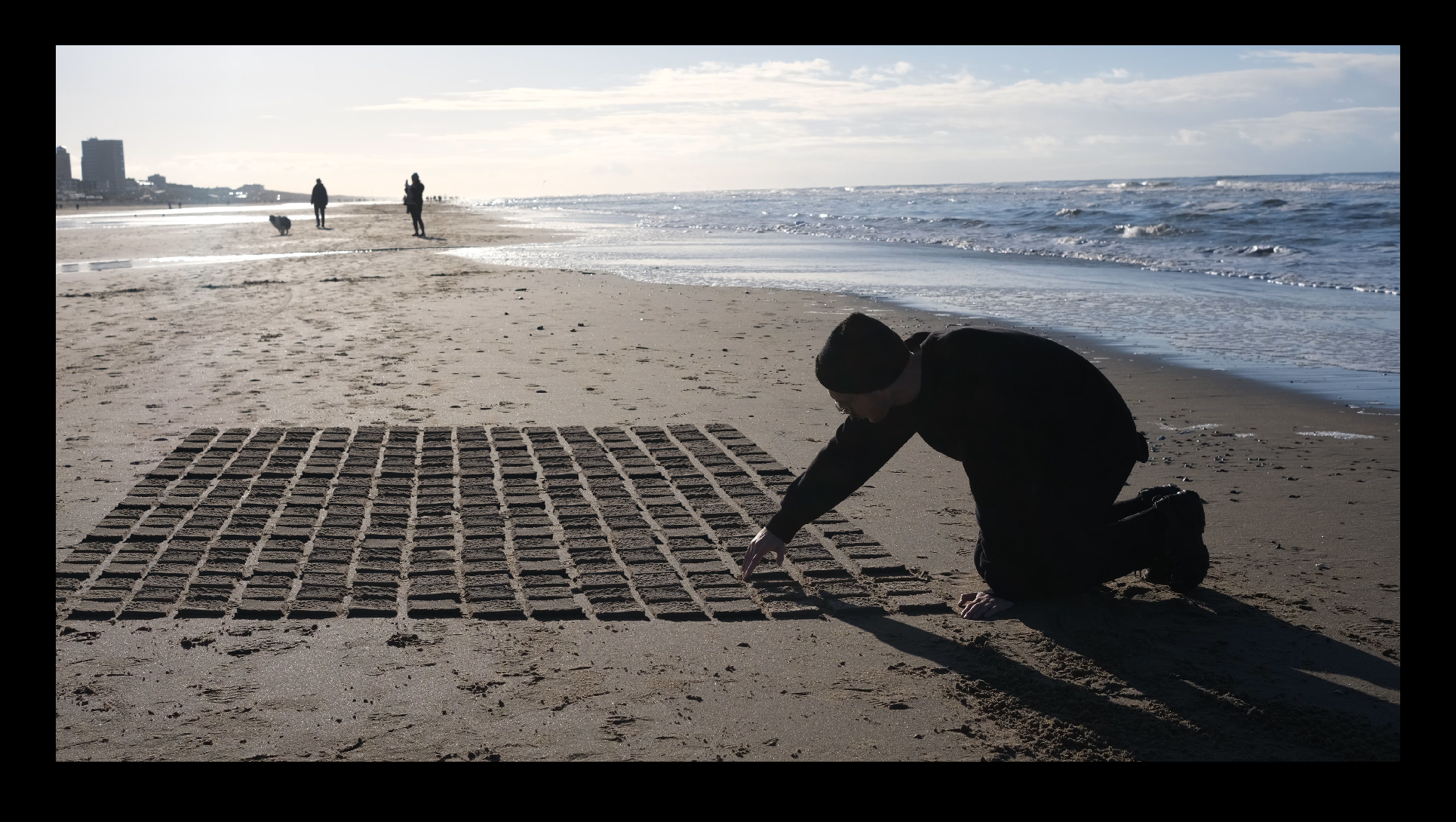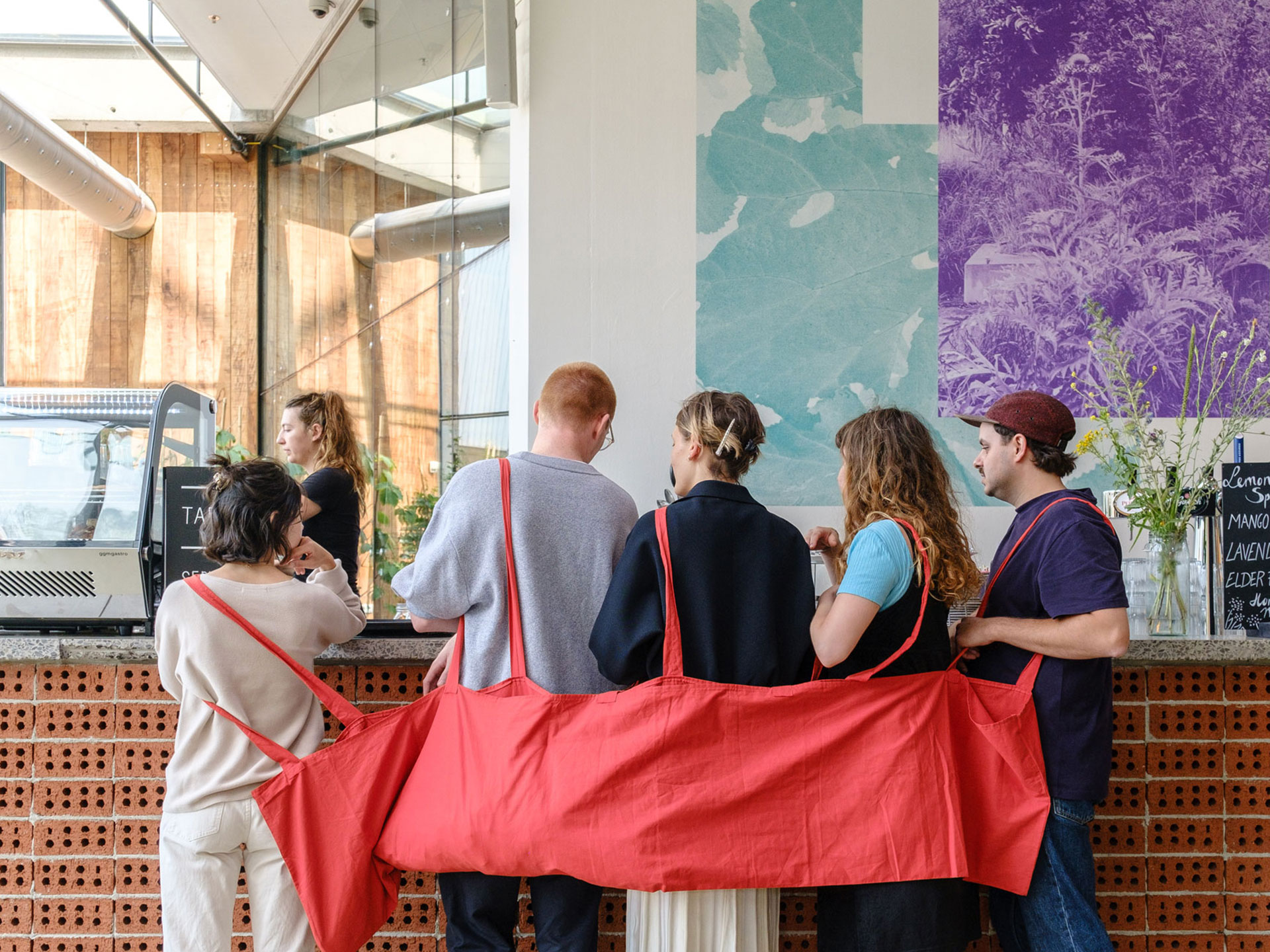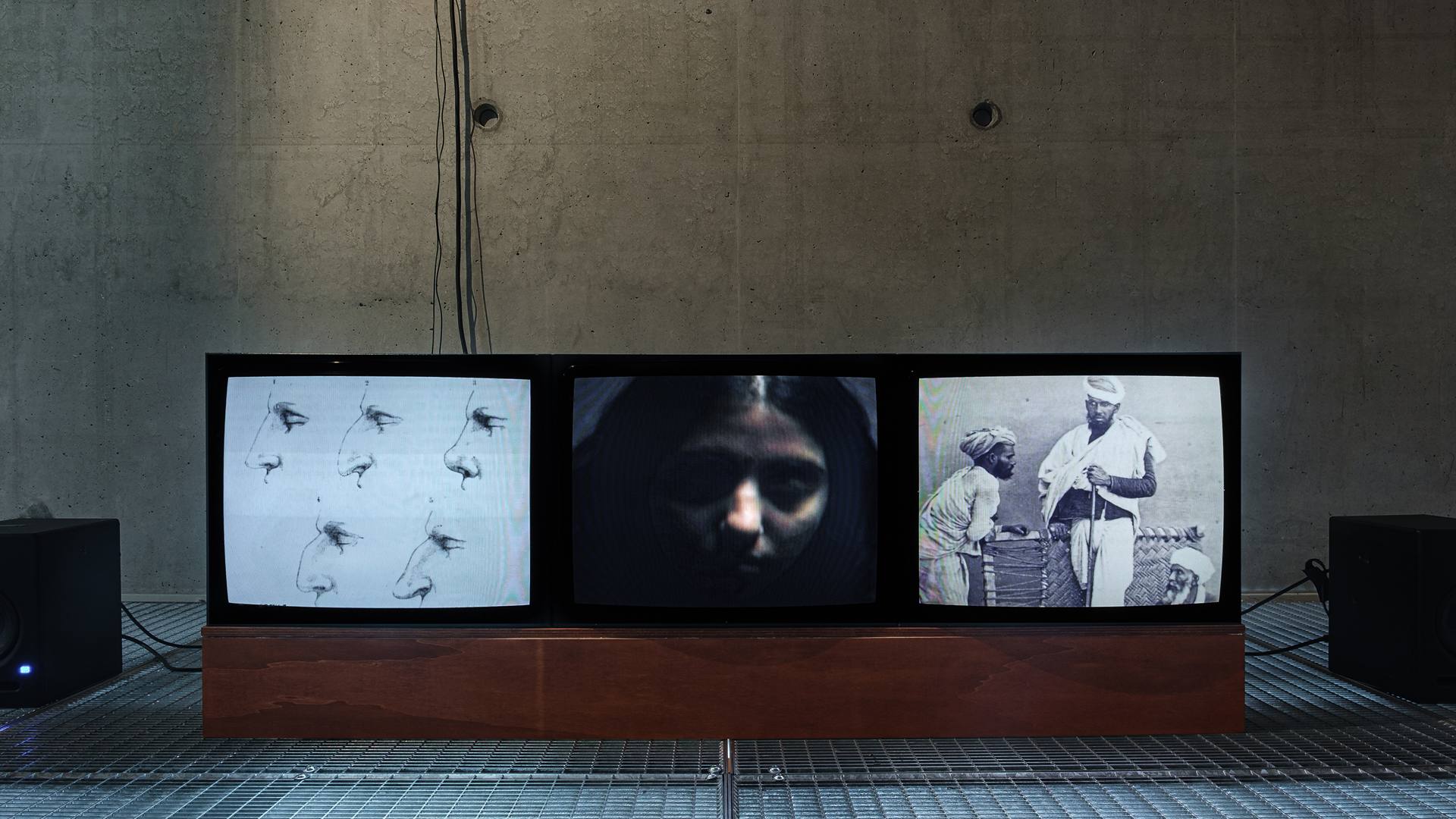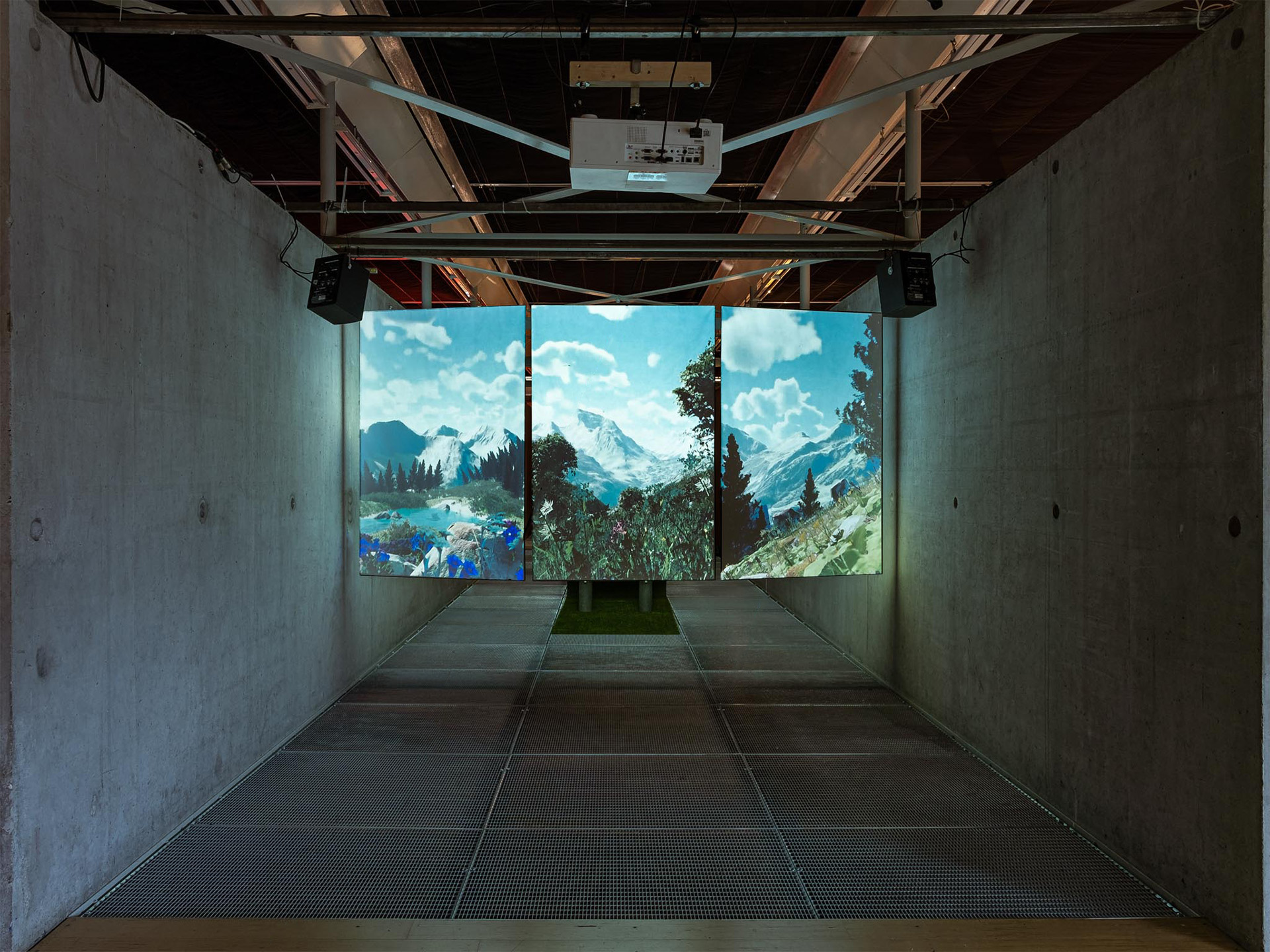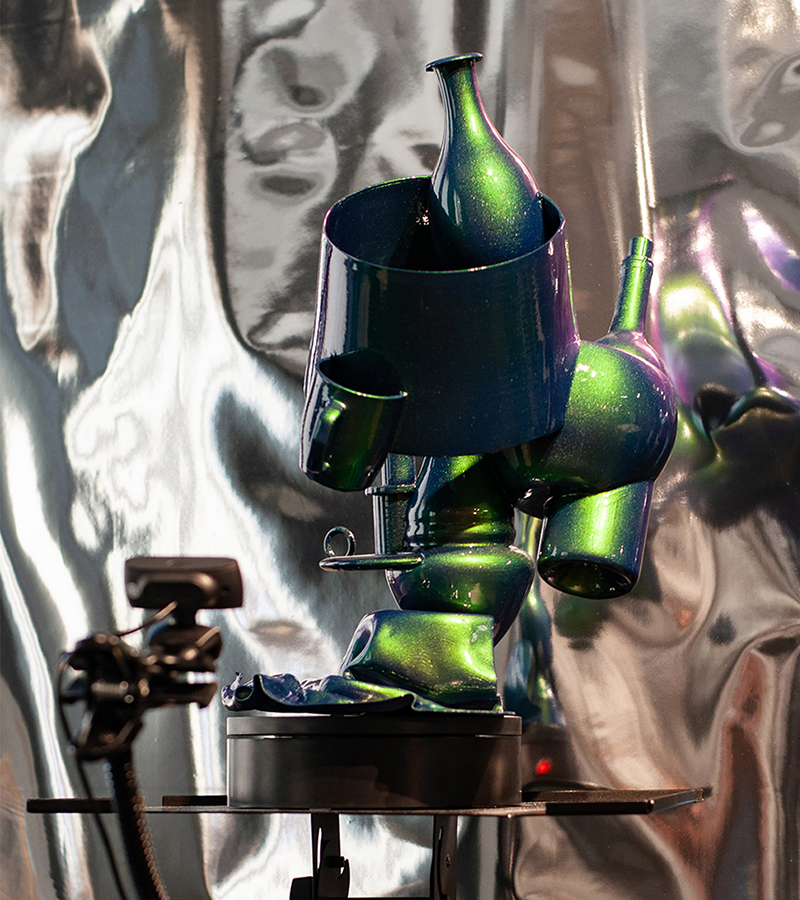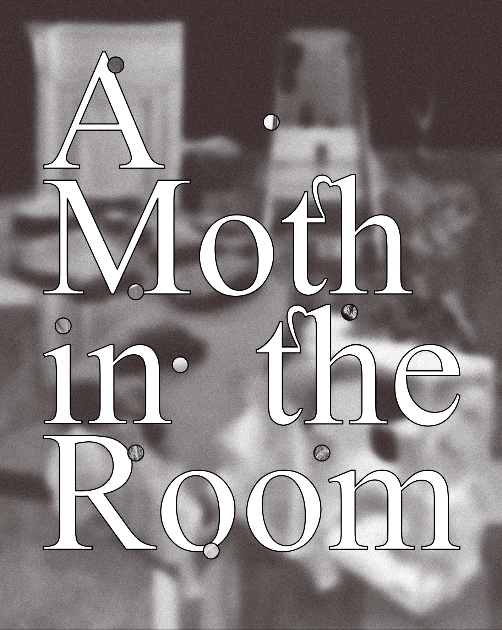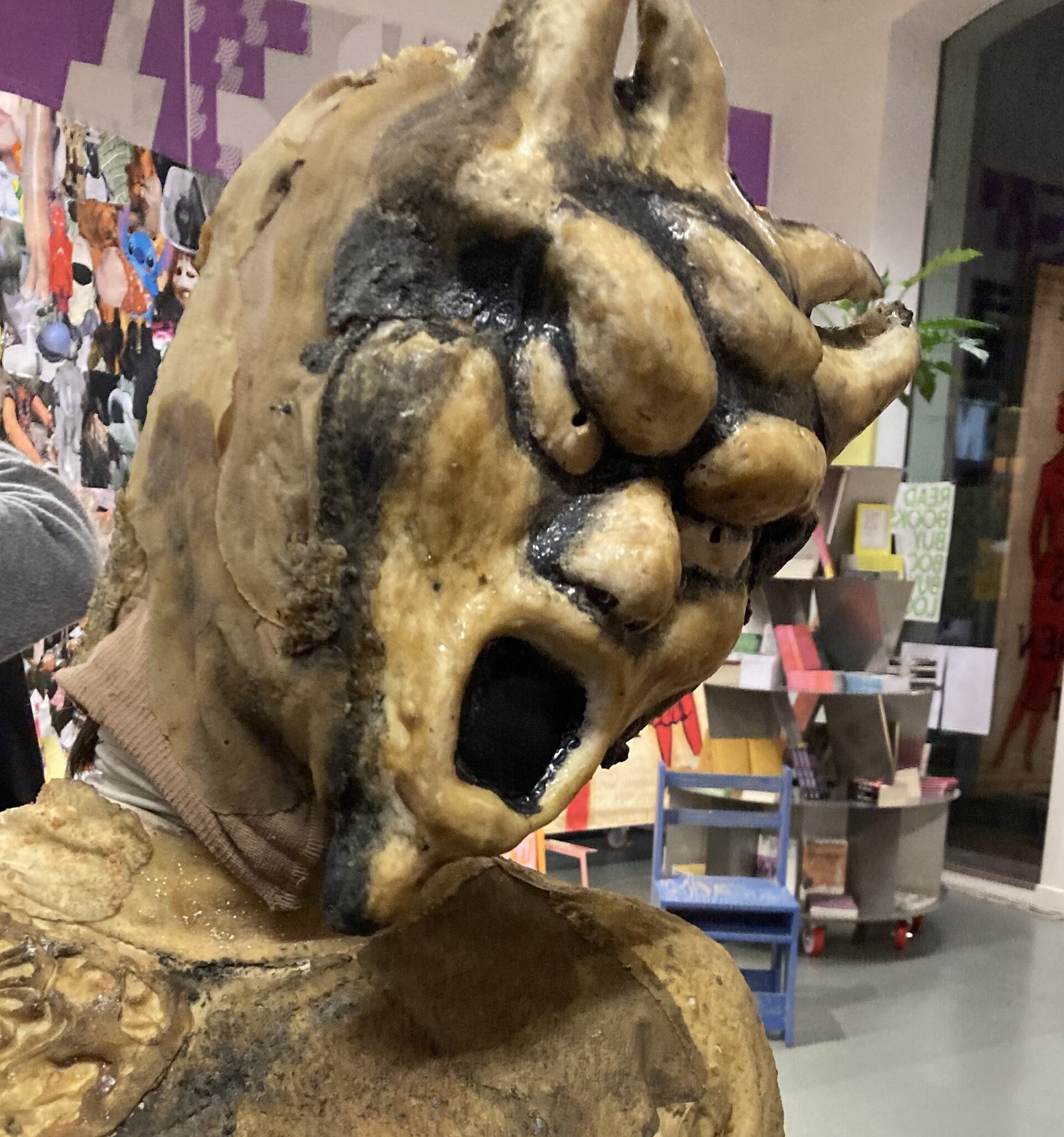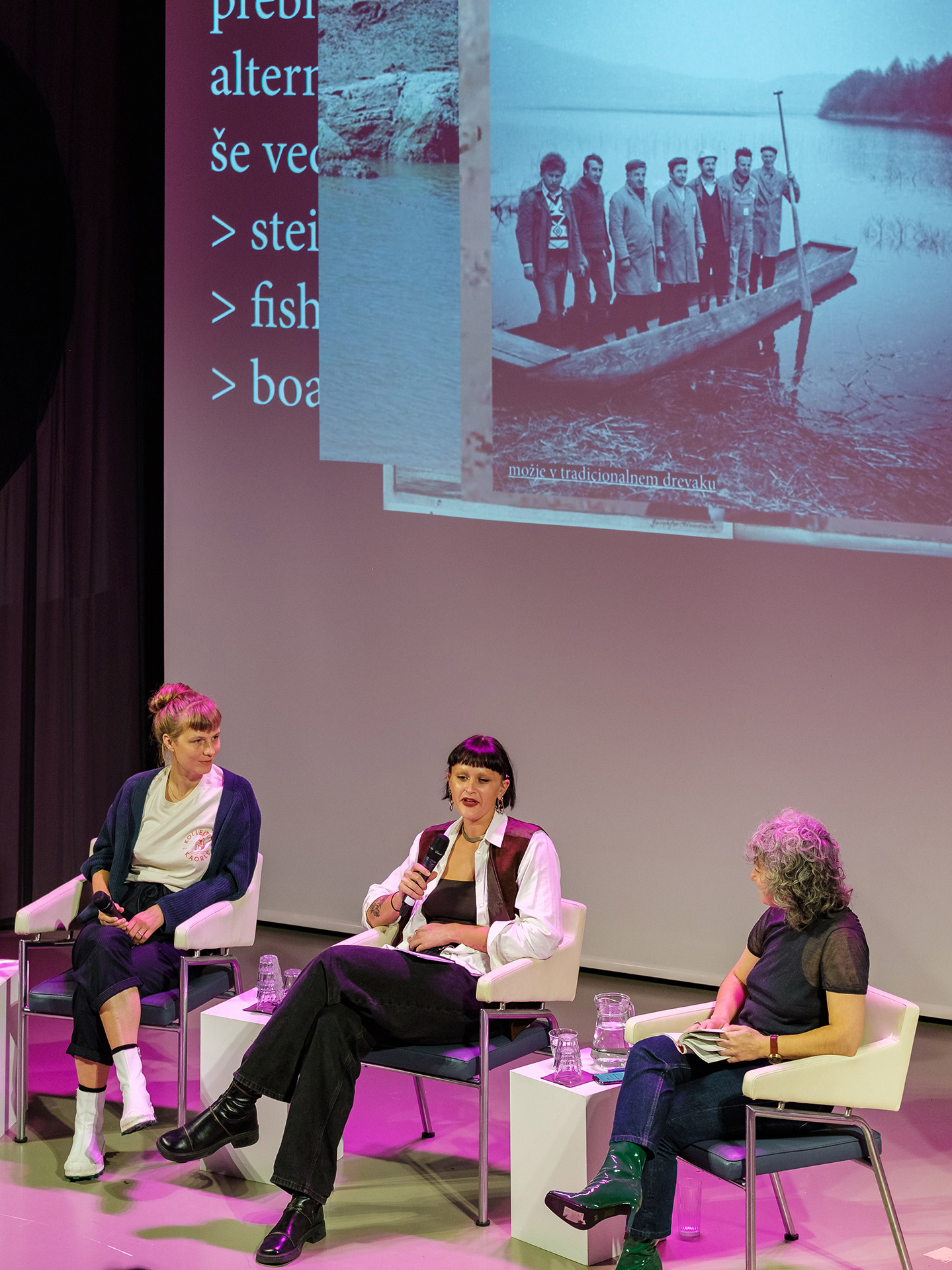Archive
Spatial practice binds the collection. Projects are rooted in current issues; climate crisis, social justice, artificial intelligence, post-colonial practice, materialism, gender politics, global health, and post-humanism, to name a few. The search portal gives visitors access to the projects through different navigational features. Photographs, prototypes, videos, drawings, writings, installations, exhibitions, and publications are interconnected offering multiple ways to interface with and study the content.
→
